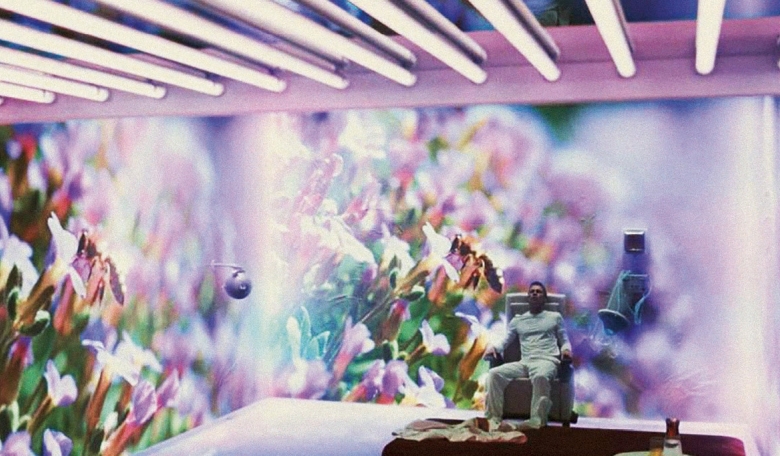What kind of habitat is needed in an environment that is totally alien and likely to kill you? As we take the next steps towards a permanent presence off-Earth, the task will be to move from simply providing systems to offering meaningful habitats that go beyond provisions for mere coping and surviving to those that enable their occupants to thrive. Although long recognised as critical by psychologists, designers and mission planners alike, the optimal habitat remains elusive. Could the technologies of mixed reality and fractals help?
In extraterrestrial operations and design, the term habitability not only refers to the “general acceptability of the environment to the user” (Messerschmidt & Bertrand 1999), but must also aim to “promote optimal performance, physical and psychological health, and safety in long duration spaceflight” (Morphew 2001).
Habitability research for space has received little systematic attention so far, and design interventions for in-flight support have changed little since the advent of long duration missions. Upcoming crewed missions will be dramatically different from low-Earth orbital missions in both mission demands and the kind of individuals that represent the ‘best fit’ for such assignments.
In an environment that is comprehensively foreign to all prior human experience, and where almost any system failure will result in life-threatening consequences, any constructed living space needs to contribute to our adaptation to the challenges of living off-Earth. Such conditions will also present challenges unforeseen by mission planners and situations where residents will have to be resourceful and address problems in unconventional ways. For example, interior environmental features used on Earth may be unsuitable for different gravity environments.














